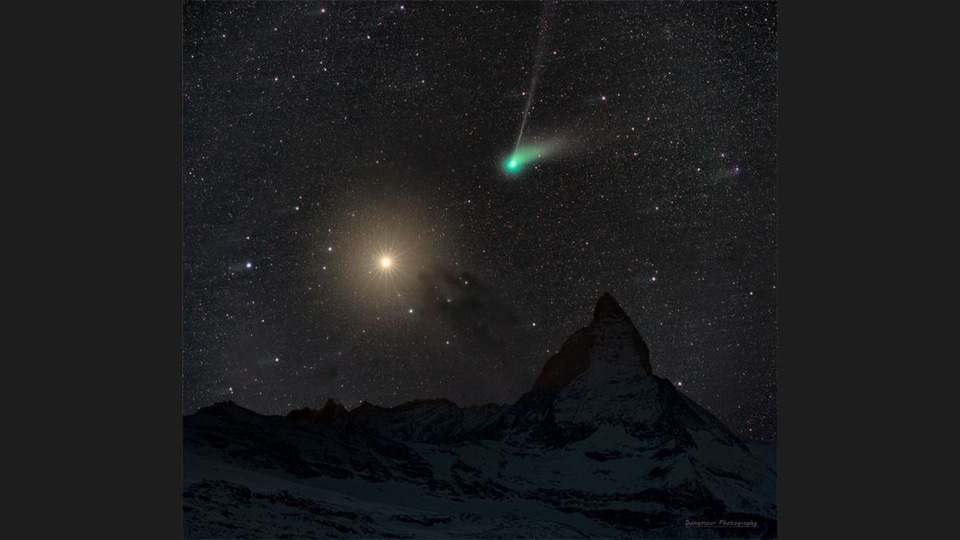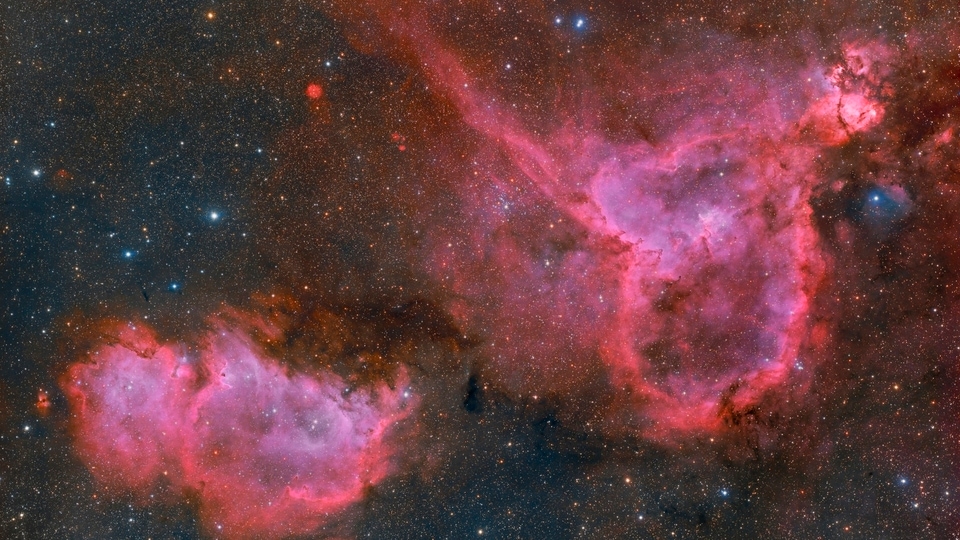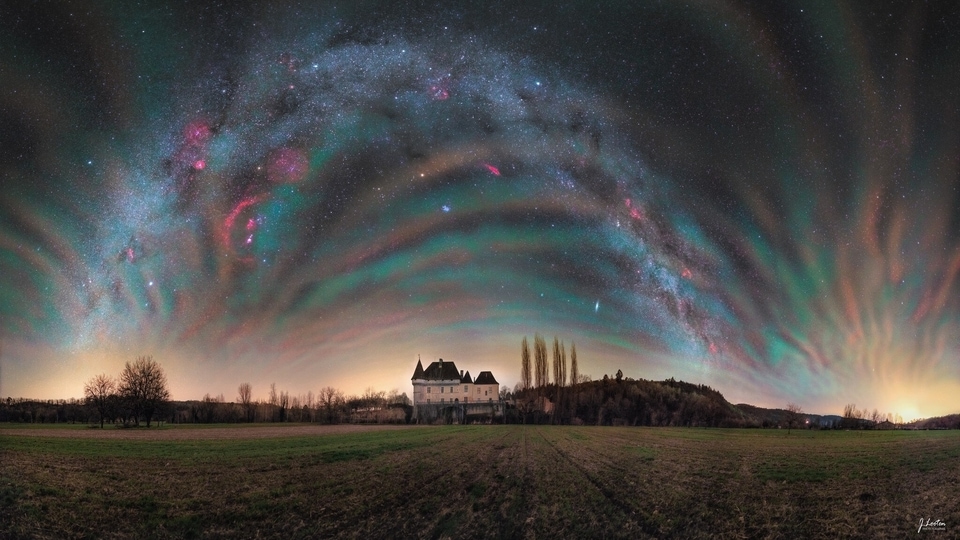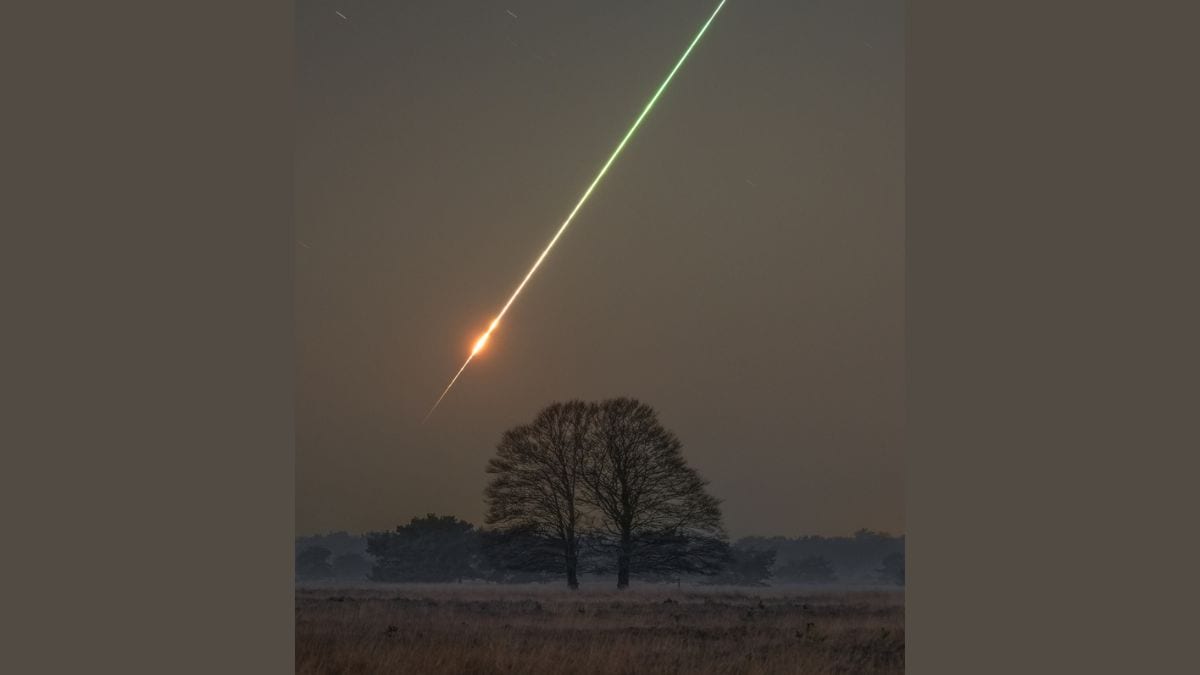NASA Astronomy Picture of the Day 19 February 2023: Chilling view of 7 Dusty sisters!
NASA Astronomy Picture of the Day is a chilling image of the Seven Dusty Sisters - the Pleiades stars clusters in the infrared.






 View all Images
View all ImagesToday's NASA Astronomy Picture of the Day took a chilling snap of the well-known 7 Dusty Sisters. It is also called the Pleiades star cluster, known for its iconic blue stars. However, the image is in infrared light where the surrounding dust outshines the stars. NASA has revealed that the featured image spans around 20 light-years at the distance of the Pleiades, which lies about 450 light-years distant from the constellation of the Bull (Taurus).
While sharing the image, NASA explained that “Here three infrared colours have been mapped into visual colours (R=24, G=12, B=4.6 microns). The base images were taken by NASA's orbiting Wide Field Infrared Survey Explorer (WISE) spacecraft.” By chance, the Pleiades star cluster, also known as the Seven Sisters, is located within a passing dust cloud. As a result, the light and winds emitted by the massive Pleiades stars selectively push away smaller dust particles, causing the dust to arrange itself into filaments, as depicted in the image.
More about Seven Dusty sisters – the Pleiades
The Pleiades represent a type of open star cluster, comprising stars that originated from a massive cloud of gas and dust around the same time. The most luminous stars in the cluster emit a hot blue light and took shape within the past 100 million years.
How to find the Pleiades in the night sky
To locate the Pleiades, begin by identifying the famous constellation Orion, known as the hunter. Trace a line using the trio of stars forming Orion's belt, and then follow it upwards, beyond the position of his bow, Space.com report suggested.
After that, you'll first come across the bright star Aldebaran, followed shortly thereafter by the Pleiades cluster. The cluster appears like a small dipper-shaped pattern of stars positioned just beyond the brilliant star.
Catch all the Latest Tech News, Mobile News, Laptop News, Gaming news, Wearables News , How To News, also keep up with us on Whatsapp channel,Twitter, Facebook, Google News, and Instagram. For our latest videos, subscribe to our YouTube channel.































